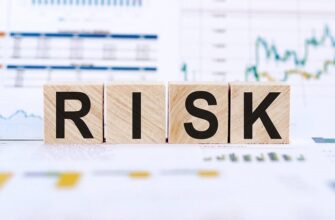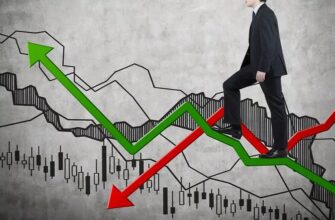Investing in art today is not only fashionable, but also profitable. The average yield of this market is 30-80 percent per annum. Well, if you’re lucky, you can earn 100-300 percent. When making up your artistic investment portfolio, do not forget that your investments should not only bring income, but also please the eye. Investments in contemporary art are increasingly attracting the attention of people from different fields of activity who want to preserve and increase their capital, as one of the options for alternative investments. As experience shows this is a really effective investment of money, provided a careful analysis of the factors that affect the price of the object and the popularity of the artist.
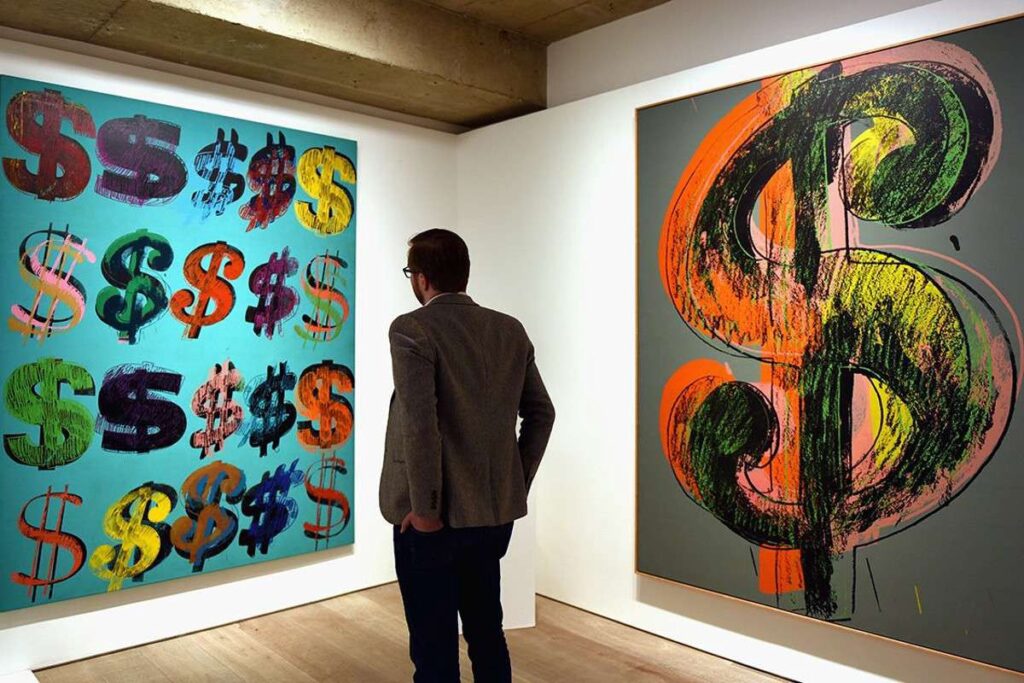
As you know, investing in art is quite a profitable decision. Most often paintings are chosen from the entire range of exhibits because such items are constantly growing in price. In addition, a considerable advantage is also that later the object can be used as an aesthetic addition to the interior of your home or office.
Many believe that this is just a fashionable fun for those who have nowhere to put their money. But, in fact, this is a great way to invest money. According to recent estimates the average return on such an investment ranges from 30% to 80%. Some have better luck and they double, triple their initial capital.
There are several important reasons why people trust works of art. Among them are:
- legitimacy;
- stability;
- reliability;
- cooperation with time.
In this case there is no point in engaging in shadow operations. This type of business is usually referred to as the most transparent option. This market is also characterized by stability because it does not suffer from fluctuations in the exchange rate, jump in inflation or a lull in the real estate market. This investment not affected by low incomes on bank deposits or the lack of profitability of the stock market. That is why for many it is the best refuge for capital.
In this case, you do not need to fear political or economic crises, legislative influence, economic downfalls or bureaucratic power at all. This is the case when the investor can sleep absolutely calmly without worrying about the market situation.
It is customary to speak of such a business as one that cooperates with time. It is time that benefits. As practice shows, the longer you keep paintings, the higher their price rises every year. So, you have the opportunity not only to return your money when selling but also to increase the amount several times. These are a kind of “long-term bets”.
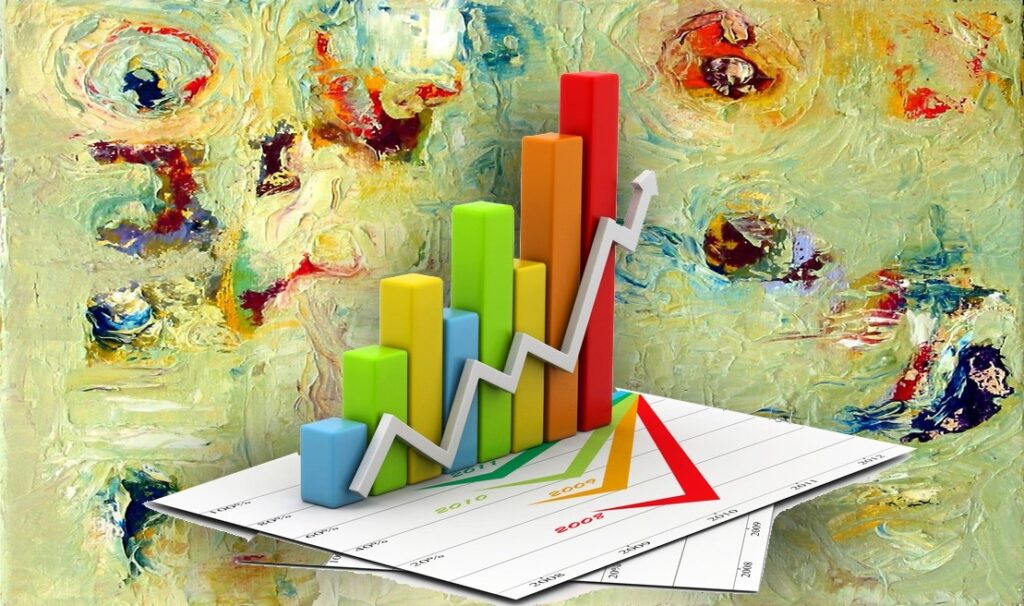
How and where can I buy a painting?
To begin with, your success depends on what works you buy. Today, there are quite a lot of items that you can buy, but it is paintings that bring a lot of income. We advise you not to save money and buy the works of famous masters. As practice shows it is better to buy one well-known canvas for a large amount than several little-known works at once.
You can also be guided by one of the three main strategies for investing in paintings. Different options take into account transaction costs, fraud risks, supply and prices, transparency of demand information and liquidity compared to other markets.
- Option 1-just an investment. The main criterion is the confidence of the buyer that the cost will increase several times in the long term. Here it is important to have analytical information about the possible undervaluation of the work, trends in cost growth and the allocation of funds for aggressive popularization of paintings.
- Option 2-collecting. This is the choice of those who do not provide an exit strategy for capital investments. The main goal is not to maximize return on capital but rather to preserve cultural heritage. Many are also happy with the fact of owning some kind of masterpiece.
- Option 3-stock art index. In this case, it means the investment of capital, which is focused on the purchase of shares of the company that is associated with the art industry. Joint investment funds are often created in art objects, which are headed by professionals in this field.

The next question of interest to potential investors is where exactly you can buy art objects. Ethically there are several options. Consider the most popular of them:
Sotheby’s
This is one of the world’s largest auctions. It offers well-known works. It occupies 45% of the world market of world antiques and also carries out auctions via the Internet;
Christie’s. It is Sotheby’s main competitor with the same number of market percentages.
Bukowskis
This is a Swedish auction house which occupies the first place in the Scandinavian market.
There are about 5,000 auction houses on the modern art market. And in the dealer sector – about 70,000 brokers, art dealers and agents of artists. Probably the largest market is the American one, thanks to the fairly flexible customs policy of the state. According to the latest estimates, it accounts for half of the turnover of valuables (of the 100 largest sales, 60 are made in New York).
The European market is slightly inferior to the American one. The largest turnover of valuables falls on the UK market – 30% of the turnover of valuables and 60% of the European one. Together, London and New York occupy about 70% of the global art market. Germany and France account for only 6%.
Many people are interested in what is the minimum investment threshold in this case. Today, it corresponds to about $ 10,000. The maximum impression remains unlimited. The only restrictions appear when exporting investment objects abroad.
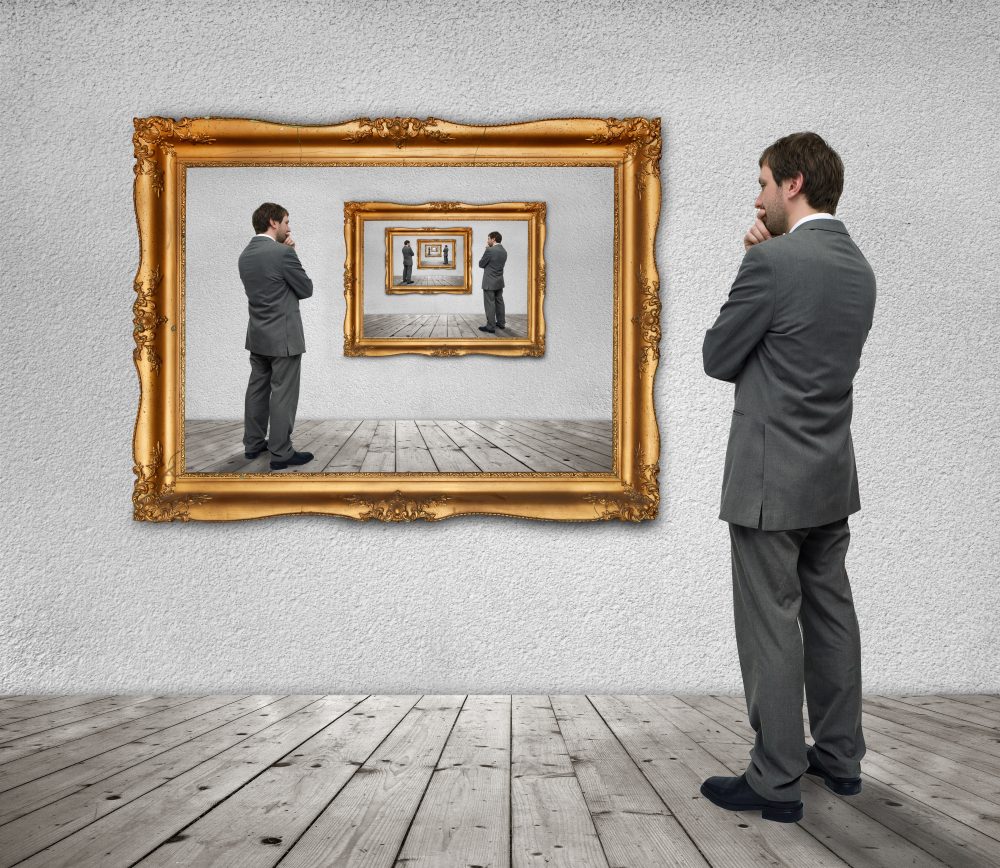
About liquidity of products
Liquidity in this case depends on the market infrastructure, the quality of work, the availability and transparency of information, the guarantee of authenticity and uniqueness of works as well as compliance of the requested price with modern indicators. The works you purchase are usually characterized by individual characteristics, which means that for most of them there is a separate group of potential buyers.
In practice, a special index of profitability of painting is often used – the so-called Mei Moses All Art index. With its help, trends in price changes for paintings that are sold in well-known auction houses are tracked. For example, over the past year, prices for works by modernists and Impressionists have increased by 15%, contemporaries and representatives of the post-war period-by 6.5%. But the lowest rates are among artists of the XIX century and representatives of the Old School – about 5%.
How much can you earn?
When investing in paintings, the average return varies between 20-50%. These are quite high indicators and they do not “shine” for everyone. To achieve such a great result the buyer must acquire very interesting specimens that have the potential for growth.
Although there are certain risks that are tied to the speculative nature of investments. In addition, this is a long-term investment, and the longer the item will be stored with you, the more opportunities to sell it more expensive in 10-15 years.
Of course, you can search for paintings by artists of the past but it is important to take into account the status of the master, because in some cases the work of a promising contemporary is several times higher than the paintings of a low-quality master of the past. If the artist of the XVII-XVIII century is little known and the quality of his works is low, then his name is not valued at all.

